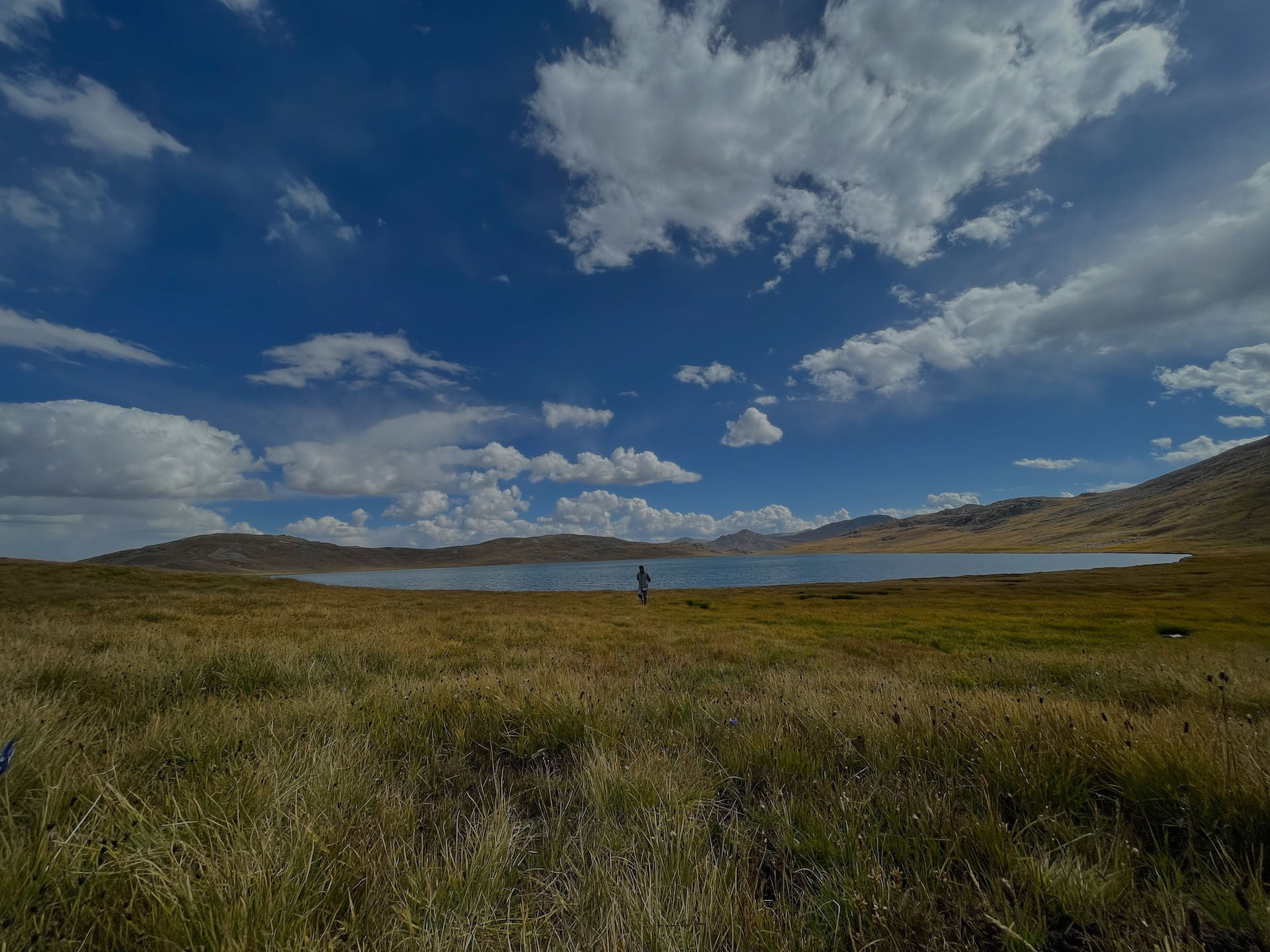

The word Deosai consists of Deo, or Djin, which is the local terminology for spirits and Sai is used for the sitting place, which together mean the “place of spirits”. Deosai served as an important trade route between Kashmir and Gilgit, and in the pre-partition era, it served as an area where most of the tribal conflicts were resolved. Wars were fought in Deosai plains by warriors such as the Dogras, local tribes and the Turks (Khan, 1962). Its geographic location makes it an important territory from strategic point of view, as it is close to the Line of Control (LoC) with India, in the Indian held Kashmir.
The Government of the Gilgit-Baltistan, declared Deosai as National Park on May 14, 1993, spreading over an area of approximately 3626 Sq. Km. According to IUCN protected area categories, Deosai is a category I National Park, for the protection and conservation of endemic species of Himalayan Brown bear.
T he Deosai National Park is situated at the junction of three important Mountain ranges, western Himalayas, the Ladkh and Zanskar. Deosai plains is divided as Bara and small Deosai. Bara Deosai is approximately 30Km in the south of Skardu and accessible from North through a jeep able road from Skardu, which enters the plains via Ali Malik Pass. This jeep road crosses the plains and goes down into Astore valley in the West through Sheosar pass near sheosar lake. Bara Deosai is the main stronghold of the Brown Bear.
Deosai National Park is an alpine plateau of exceptional beauty and ecological value located in the western massif of the Himalayas, east of Nanga Parbat Peak and in close proximity to the Central Karakoram Range. The plateau, with an altitude of 3500 to 5200 m., is an area of 358,400 ha. of flat but undulating plains broken by gently rolling hills and surrounded on all sides by mountains. It forms a stark contrast to much of the surrounding landscape which is made up of narrow valleys between steep mountains. The plateau’s environment is characterized by extreme cold with low atmospheric pressure coupled with low oxygen and carbon dioxide levels, aridity, intense and rapid solar ultraviolet radiation. The Deosai plain receives higher rainfall than adjoining northern and north eastern valleys of Baltistan due to its geographical location facing the monsoon affected outer Himalayas. Annual precipitation varies from 350 to 550 mm., mostly received during winter as snow.
Besides being home to the endangered species of the Himalayan brown bear, Deosai National Park is also a habitat for the golden marmot, red fox, Ladakh urial, musk deer, Himalayan ibex, markhor, Himalayan wolf, and snow leopards.
The government of Gilgit-Baltistan declared Deosai a national park of Pakistan in the year 1993. The reason was to save the Deosai national park wildlife from getting extinct and to protect their natural habitat. WWF and other wildlife protection organizations helped the government with this cause and, as a result, the Himalayan brown bears are increasing in numbers with every passing day. It is open for tourists only during the summer season as, during winters, it is inaccessible due to heavy snowfall.
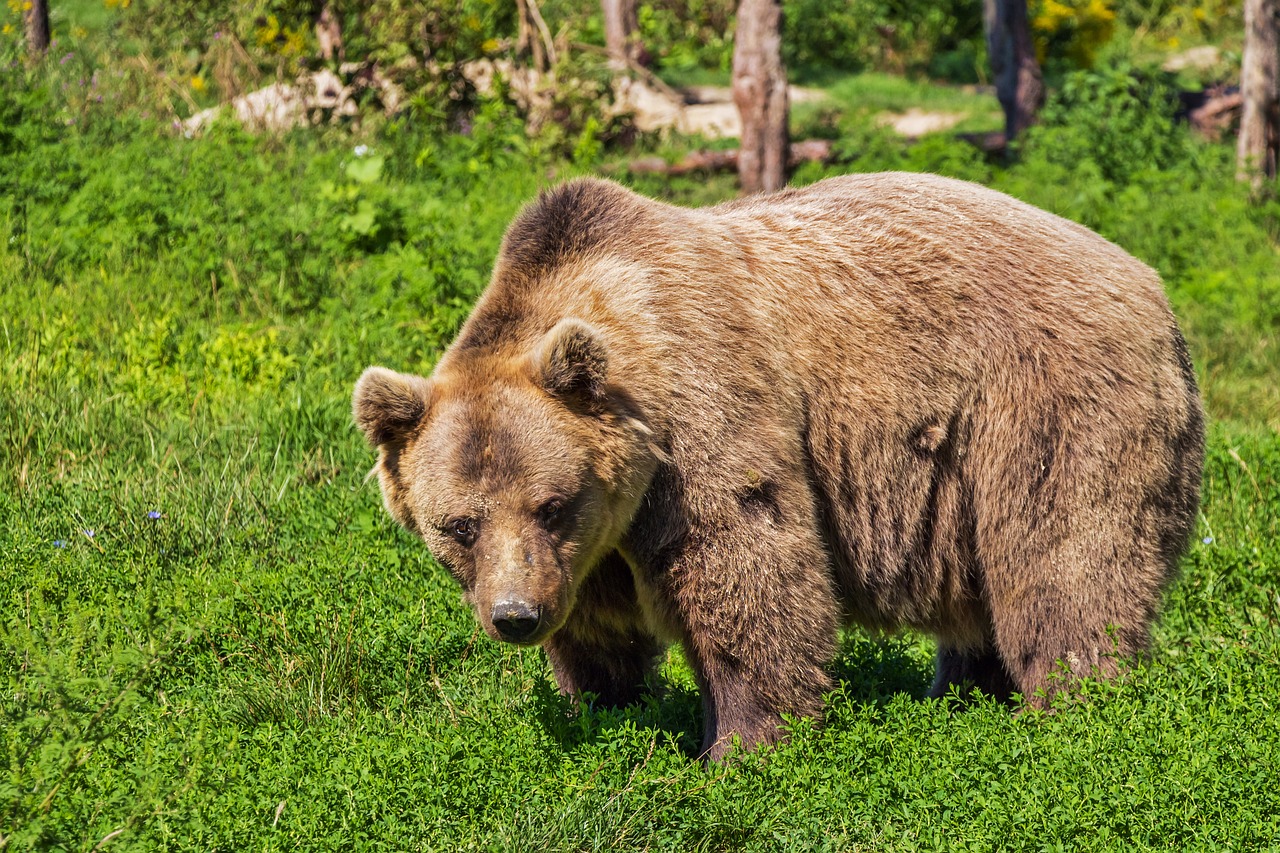
Brown bear has furry coats in shades of blonde, brown, black, or a combination of these colors. The longer outer guard hairs of the brown bear are often tipped with white or silver, giving a ‘grizzled’ appearance.Brown bear has furry coats in shades of blonde, brown, black, or a combination of these colors
Read More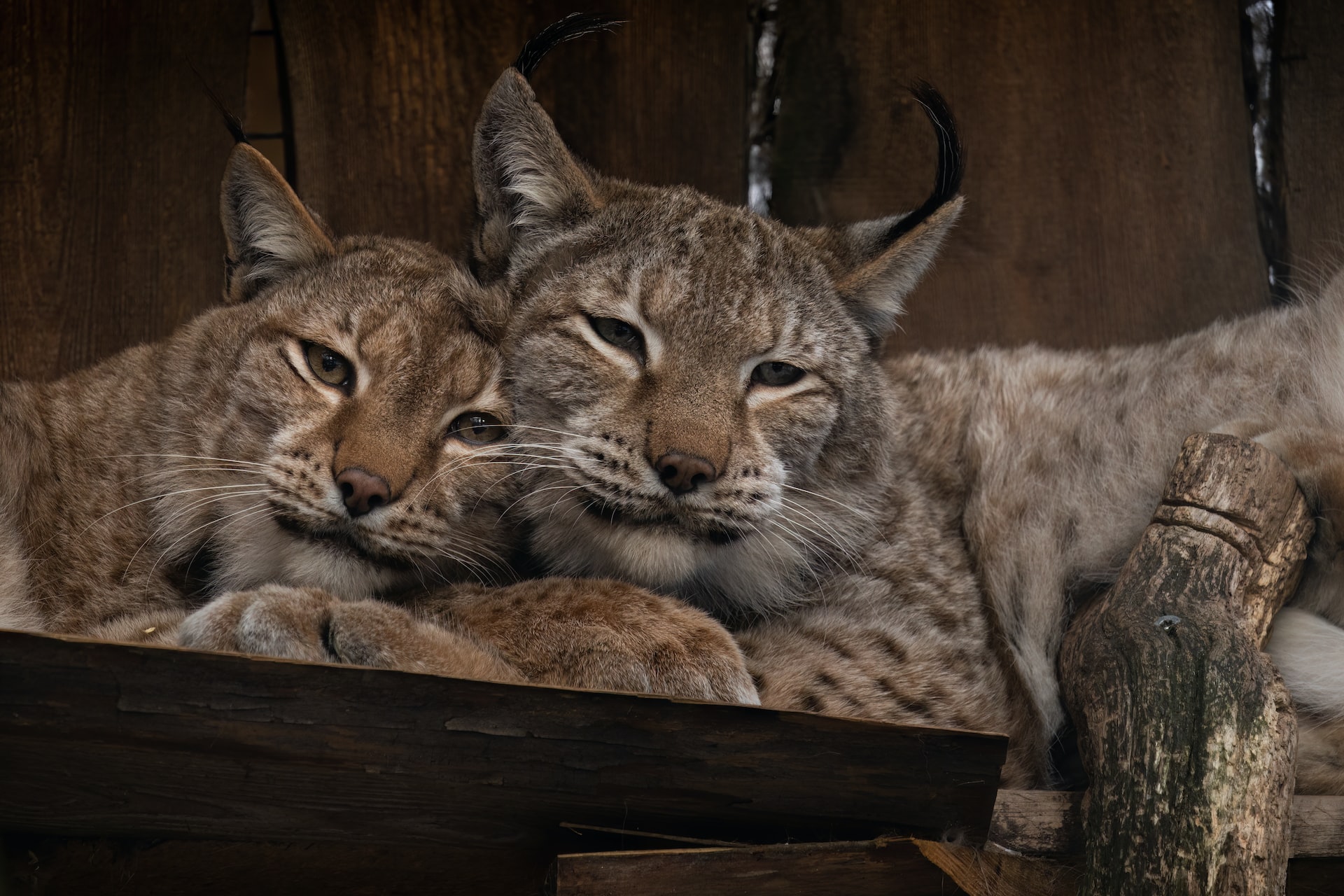
A lynx is any of the four species within the medium-sized wild cat genus Lynx. The name lynx originated in Middle English via Latin from the Greek word λύγξ,The lynx has a short body, very short tails, long powerful legs and large paws. but no black rings above. Their ears terminate in long, black hair tufts, and their cheeks are framed by longer white and black hair.
Read More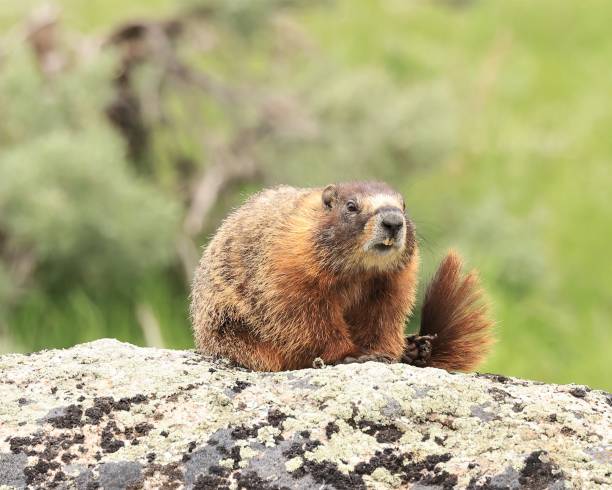
The yellow-bellied marmot, also known as the rock chuck, is a large, stout-bodied ground squirrel in the marmot genusMarmots are the second largest rodents (after beavers) in the Palearctic Region.
Read More
The mountain weasel, also known as the pale weasel, Altai weasel or solongoi, primarily lives in high-altitude environments, as well as rocky tundra and grassy woodlands. This weasel rests in rock crevices, tree trunks,
Read More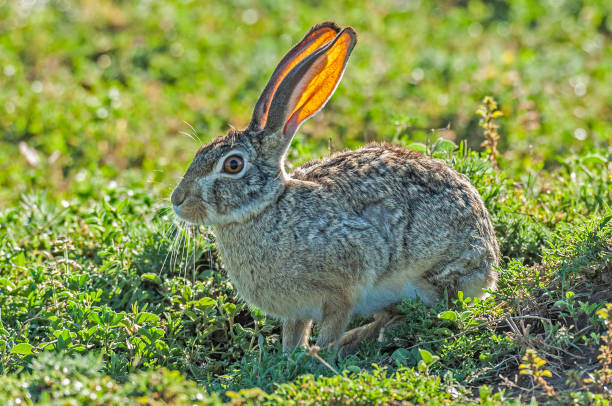
Cape hares have a slender body with a bushy tail. The oval-shaped head has very long (12 to 14 cm), black-tipped ears and large, reddish-brown eyes. This species also has very long and powerful hind legs. It has ginger-brown fur with shades of black on the upper parts, a more ginger-colored breast and sides, with white inner sides of the legs and belly, and reddish-gray hair on the nape of the neck.
Read More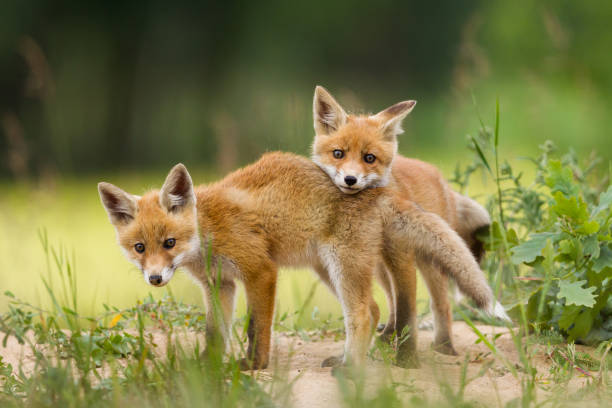
Red Fox is also called Common Fox. It is the largest and well-known species of Fox. The Red Fox has a coat of long guard hairs and soft, fine underfur that is typically a rich reddish brown. Its tail is often white-tipped, and it has pointed black ears and short legs. During the autumn and winter, the Red Fox will grow more fur. This so called ‘winter fur’ keeps the animal warm in colder environments.
Read More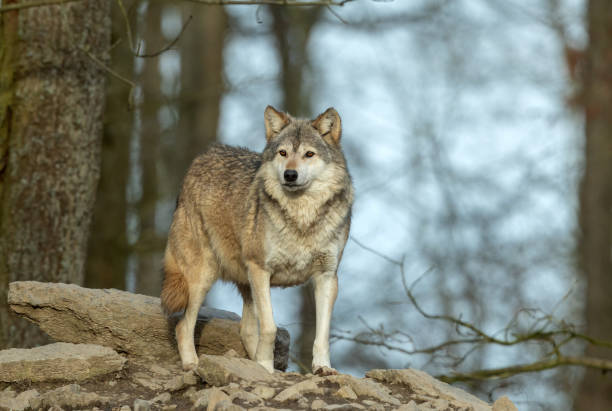
The wolf, also known as the gray wolf or grey wolf, is a large canine native to Eurasia and North America. More than thirty subspecies of Canis lupus have been recognized, and gray wolves, as popularly understood, comprise wild subspecies. The wolf is the largest extant member of the family Canidae.
Read More
The snow leopard, also known as the ounce, is a felid in the genus Panthera native to the mountain ranges of Central and South Asia. It is listed as Vulnerable on the IUCN Red List because the global population is estimated to number fewer than 10,000 mature individuals and is expected to decline about 10% by 2040
Read More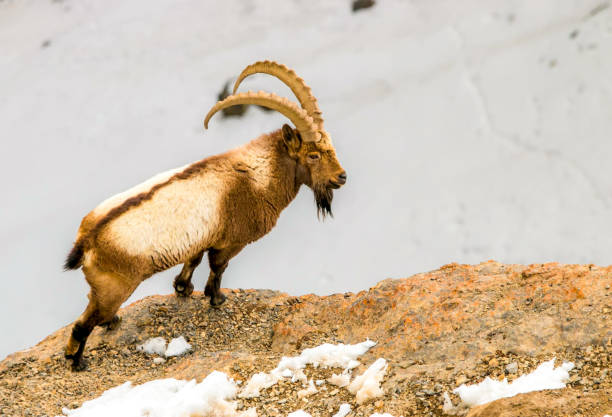
The coat coloration varies widely across the Ibex’s range. The general color of the pelage is a light tan, with the undersides lighter. In winter, mature males become much darker, with varying patches of white on the neck and back. Males have beards. Both sexes have horns. Female show slender, shorter, backward curving horns, while males have massive horns,
Read More




